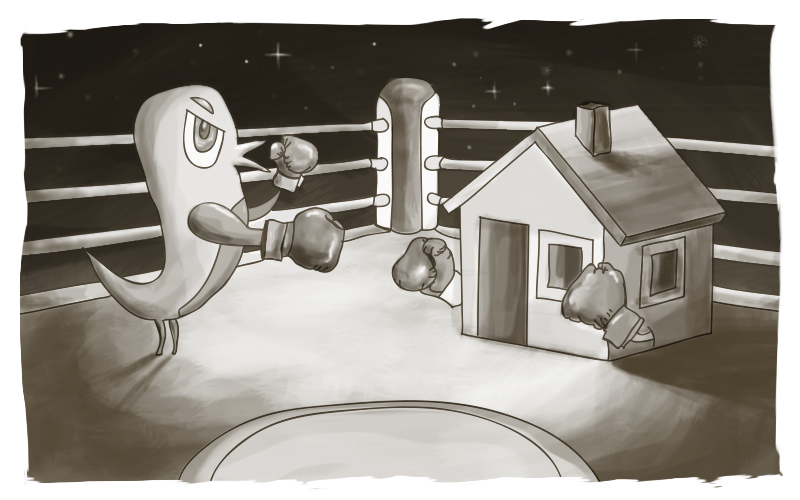Home Page Not Dead, But It Can Suffer from Drive-Bys

The Home Page may not be dead – but it's certainly suffering from drive-bys.
A few weeks ago, the New York Times' innovation report came out stating that Times' homepage traffic has almost been halved. And while overall page views remained fairly static, the average time spent on the site fell by approximately five minutes.
In this Poynter.org analysis, it references Pew Research that suggests that those who arrive directly to news sites spend significantly more time, read more pages, and visit more often than those who come through Facebook and search links.
So what does this mean?
It means that while content is still king, there are many roads to the throne. The question, as a business, you have to ask is, how do I get visitors to come directly up the red carpet, rather than looking at me from afar.
We all want customers. We all want people to discover our location, linger, and become long-term fans. If we have a bricks-and-mortar location, we want people to walk in our doors, browse the merchandise, and make a purchase. Window shopping is nice, but we really prefer when people come in, interact with the staff, and develop that attachment.
That's why your social strategy has to be integrated within a larger plan. It's not enough to get people to your site or location – you have to – at minimum -- deliver upon their expectations once they arrive and, if you can, exceed it.
But that's not the metric some SEO and Social gurus will chase. For them, it's all about the numbers game – get as many people to your site as possible, because volume matters. You've read it here before, but it's true: "Don't count your clicks, make your clicks count."
You can be as link-baitey as you want; you can create the most intriguing title as possible and garner those casual visitors. But is that really what you want in business? If you're a restaurant in London, ON, do you really care if 400 people in South Africa click on your link? Sure, maybe one, one day will visit your establishment, but it's likely not where you want to be devoting your precious – and limited – time and efforts.
Smart content strategy, effectively delivering engaging content that resonates with an audience that's likely to act upon it is the goal in your social marketing efforts. Awareness, engagement... all those metrics are great, but they don't pay the bills. At the end of the day, we need people to like us, like our content, and trust us enough to buy our product. Awareness and engagement are first steps, but they need to lead somewhere -- calls to action leading to quality content that resonates with the customer's needs and desires.
Those people who read an average of 24.8 pages on news sites that they arrive to directly are valuable customers. Yes, you may convert a few of the drive-bys with a clever hook, but if you can't consistently deliver content that matters to them, they'll eventually move on. Your core audience, the ones who may follow you on Twitter or Facebook, but are coming to your site anyways – those are gold.
They are the foundation upon which your business is built -- a steady and loyal clientele who will, in turn, help your social efforts by advocating on your behalf. They are the ones for whom your content has to resonate.
And the ancillary benefit of creating content that satisfies your loyal "readers" is that it's going to appeal to a segment of your drive-bys – those who are going to be interested in your product and will stick around.
The danger with social engagement is that it can create false victories. Sure, you can have higher "engagement" but what does that mean, really? If you ignore the foundation – the "what's in it for me?" messaging that appeals to your clientele – more is not going to be better.
But when you manage to do both, that's social success.
Your thoughts?
Do I need to have a home page?
SUBSCRIBE TO OUR E-NEWSLETTER
 Subscribe
Subscribe


